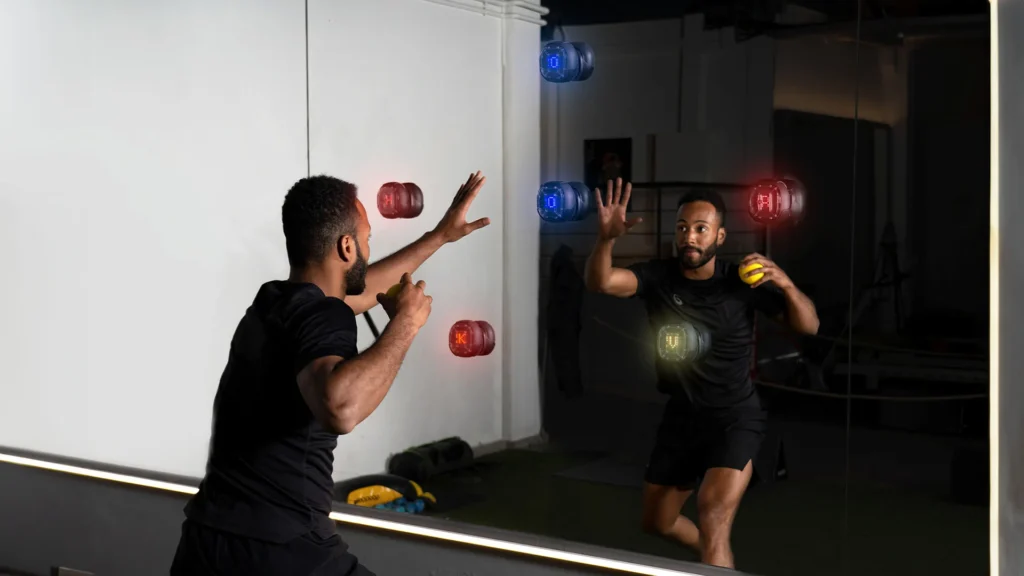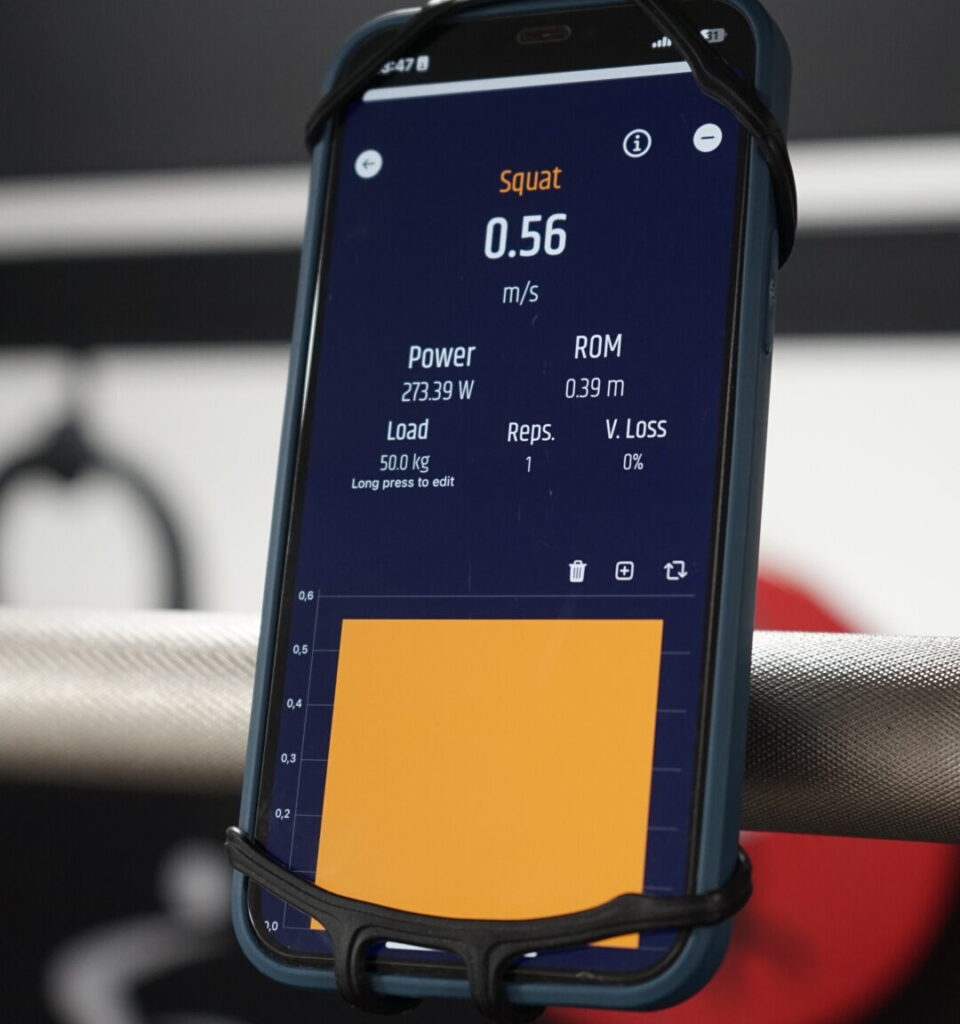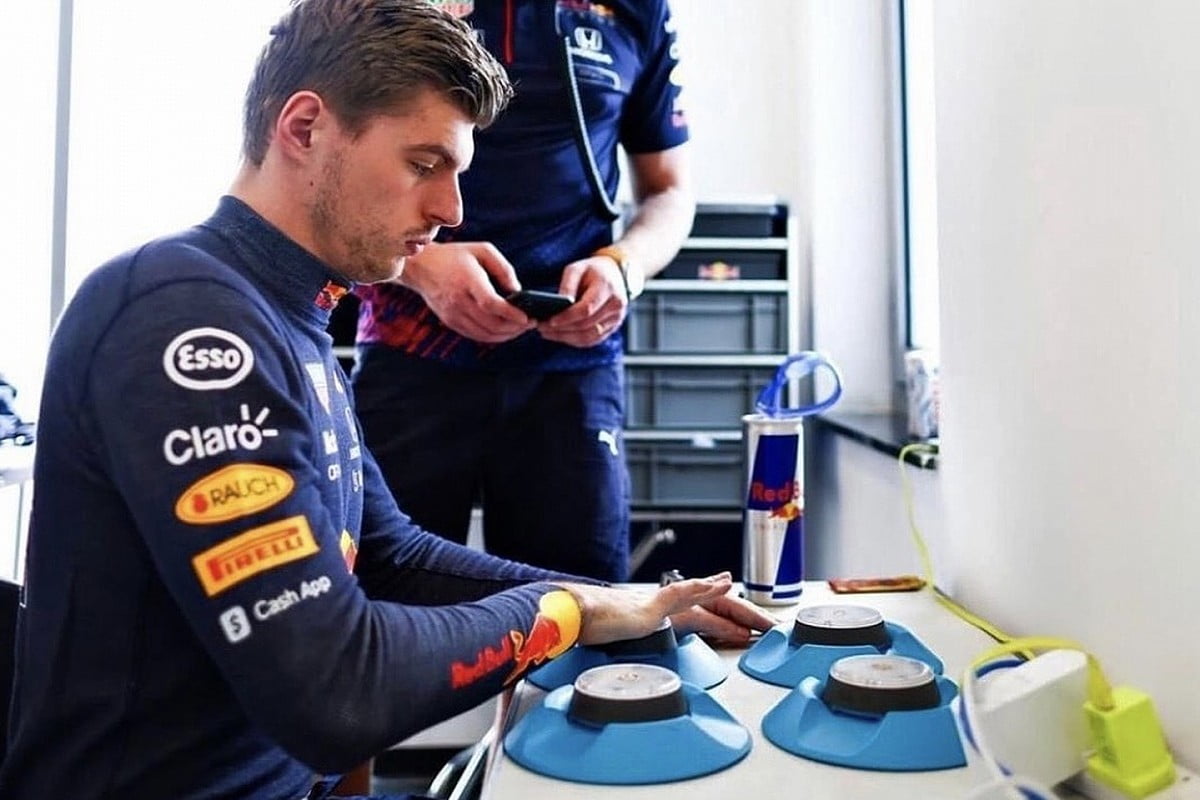Reaction time is a critical factor in athletic performance, influencing everything from sprint starts to defensive maneuvers in various sports. With Spleeft App, athletes can take their training to the next level by integrating advanced technology and data analytics into their routine. This guide will delve into how Spleeft can help improve reaction time, outline effective reaction time exercises, and provide insights into maximizing the benefits of velocity based training. Let’s explore how to achieve the fastest reaction time and enhance overall athletic performance.
DOWNLOAD SPLEEFT APP NOW FOR PHONE, MAC AND WATCH!
How to Improve Reaction Time with Spleeft
Understanding & How to Increase Reaction Time

Before diving into the specifics of reaction time exercises and training methodologies, it’s essential to understand what reaction time is. Reaction time refers to the duration between the presentation of a stimulus and the initiation of a motor response. It’s a crucial component in sports and daily activities, affecting how quickly an individual can respond to sudden changes or unexpected events.
Benefits of Improving Reaction Time
- Enhanced Performance: Faster reaction times lead to quicker decision-making and execution in sports, providing a competitive edge.
- Injury Prevention: Athletes with better reaction times are more likely to avoid injuries by quickly adapting to dynamic situations.
- Overall Agility: Improved reaction times contribute to better agility and coordination, crucial for activities that require rapid movements and adjustments.
Reaction Time Exercises
To effectively improve reaction time, athletes can incorporate various exercises into their training regimen. Here are some effective reaction time exercises:
- Sprint Starts:
- How to Perform: Start in a sprinting position and respond to a visual or auditory signal to sprint as quickly as possible.
- Benefits: Enhances explosive power and quickness off the mark.
- Agility Drills:
- How to Perform: Use cones or markers to create an agility course. Perform quick direction changes in response to signals.
- Benefits: Improves change of direction speed and overall agility.
- Reaction Ball Drills:
- How to Perform: Use a reaction ball that bounces unpredictably. Try to catch or react to the ball’s movements.
- Benefits: Enhances hand-eye coordination and reflexes.
- Shadow Boxing:
- How to Perform: Perform boxing movements and respond to visual cues from a partner or trainer.
- Benefits: Improves hand speed and reaction to visual stimuli.
How to Improve Reaction Time with Spleeft

Spleeft is an innovative app designed to measure barbell velocity and jump height in real-time using a phone or Apple Watch. If you are looking for the best Apple Watch fitness apps, you will find it with Spleeft. By leveraging the app’s capabilities, athletes can gain valuable insights into their performance and make data-driven decisions to enhance their training. Here’s how Spleeft can be used to improve reaction time:
Velocity Based Training (VBT)
Velocity Based Training (VBT) is a method that uses movement speed to optimize training loads and improve performance. Spleeft’s real-time feedback on barbell velocity tracker allows athletes to adjust their efforts dynamically. This approach can be particularly beneficial for improving reaction time, as it emphasizes explosive power and rapid movements.
- Track Progress: Use Spleeft to monitor the velocity of each lift and track improvements over time. This data helps identify areas that need focus and allows for adjustments in training intensity.
- Real-Time Feedback: Spleeft provides immediate feedback during workouts, enabling athletes to push themselves and maintain optimal performance levels.
- Customized Training Plans: Based on velocity data, athletes can tailor their training programs to target specific areas, such as reaction time, by incorporating exercises that emphasize speed and explosiveness.
Load-Velocity Profile
The load-velocity profile is a key feature in Spleeft that shows the relationship between the weight lifted and the speed of the lift. By analyzing this profile, athletes can determine the optimal loads for their training, ensuring that they are working at the right intensity to improve reaction time.
- Identify Optimal Loads: Use the load-velocity profile to find the sweet spot for training loads that maximize speed and power without compromising form.
- Adjust Training Intensity: Continuously monitor and adjust the training loads based on performance data to keep progressing towards faster reaction times.
Practical Tips for Using Spleeft and Have the Fastest Reaction Time
- Consistent Monitoring: Regularly use Spleeft to track progress and identify trends in your reaction time training. Consistency is key to making data-driven adjustments.
- Incorporate Feedback: Utilize the real-time feedback from Spleeft to make on-the-fly adjustments during workouts. This helps maintain high performance levels and prevents plateaus.
- Set Specific Goals: Define clear, measurable goals for reaction time improvement. Use Spleeft’s analytics to track your progress towards these goals.
- Combine with Other Training Methods: While Spleeft provides valuable insights, combining it with traditional reaction time exercises and drills can lead to even greater improvements.
- Optimize Rest and Recovery: Use Spleeft to monitor fatigue levels and ensure adequate rest between sessions. Proper recovery is essential for maximizing reaction time gains.
Advanced Features of Spleeft
Spleeft offers several advanced features that can further enhance reaction time training:
- Trend Analysis: The Trends tab in Spleeft allows users to visualize their performance over time, making it easier to spot improvements and areas needing attention.
- 1RM Estimation: Spleeft can estimate the one-rep max (1RM) using velocity data, helping athletes determine the appropriate loads for different training phases.
- Automatic Adjustments: The app’s AI can automatically adjust training parameters based on collected data, ensuring that athletes are always working within their optimal ranges.
Conclusion
Improving reaction time is essential for athletes looking to enhance their performance and gain a competitive edge. By incorporating Spleeft into their training regimen, athletes can leverage advanced technology and data analytics to make informed decisions and optimize their workouts. Whether through velocity-based training, load-velocity profiling, or the app’s real-time feedback, Spleeft provides the tools needed to achieve the fastest reaction times. Start integrating Spleeft into your training today and experience the benefits of improved reaction time firsthand.
For more information on how to use Spleeft to maximize your training potential, visit our blog and explore additional resources on velocity-based training and performance enhancement.
